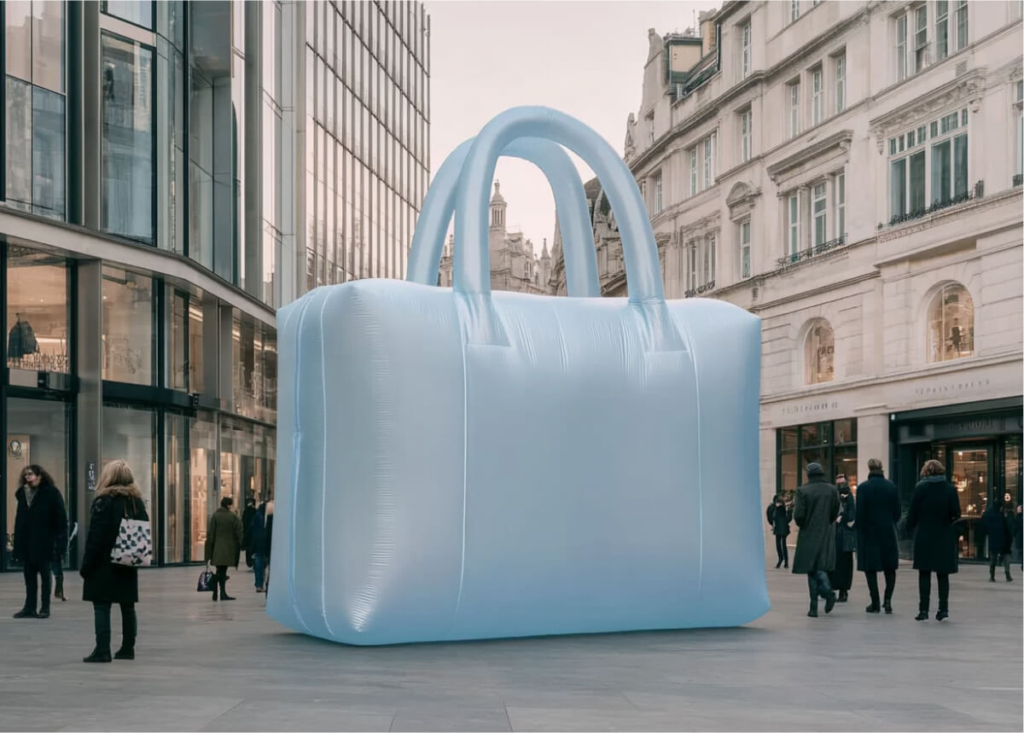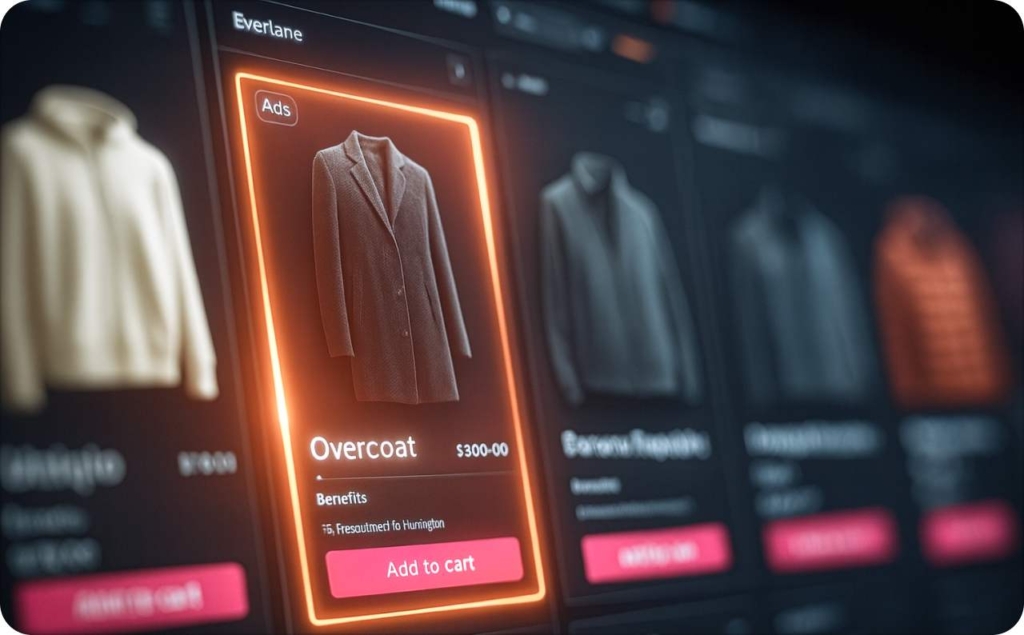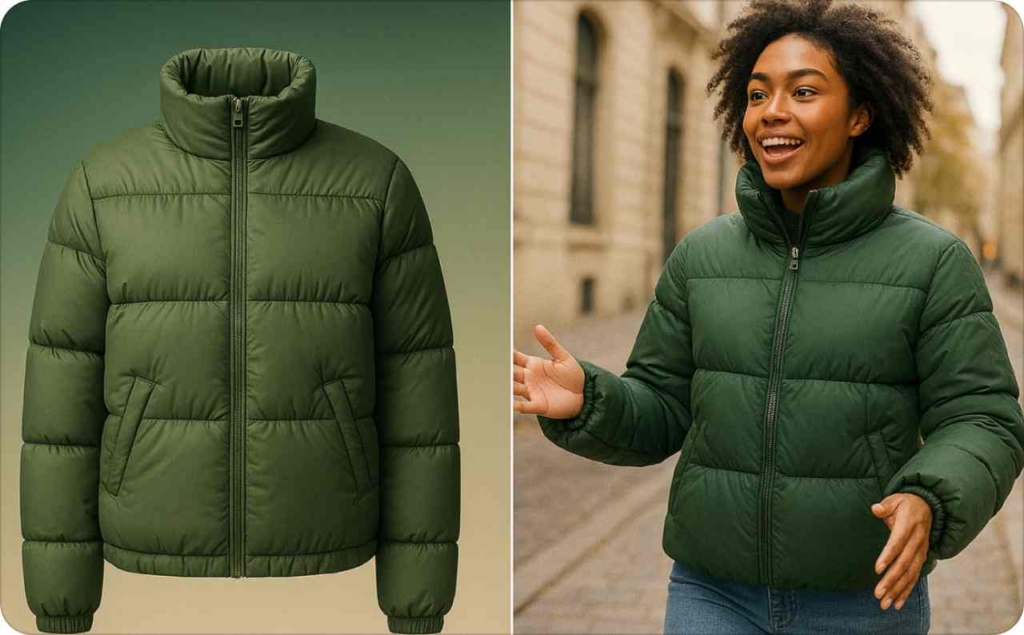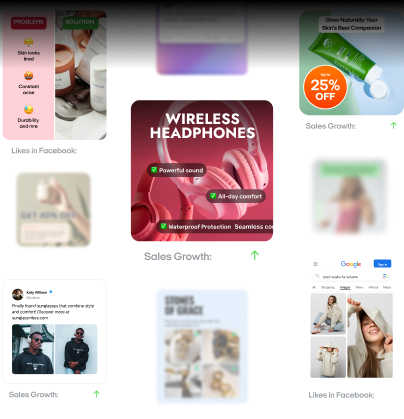Modern alcohol ads: 10+ alcohol advertising examples that actually work
See how top brands master alcohol advertising with 10+ inspiring examples that drive engagement and sales.
Alcohol advertising has changed fast. Where glossy magazine spreads once dominated, today’s modern alcohol ads lean on storytelling, subtle design, and moments people actually want to share. Brands aren’t just selling drinks anymore, they’re selling atmosphere, belonging, and taste in every sense of the word.
This guide pulls together 10+ alcohol advertising examples that prove what works now. From sleek digital campaigns to clever outdoor placements, you’ll see how ads for alcohol have shifted from loud product pushes to experiences people remember. We’ll unpack why certain formats perform, what creative choices matter, and how even small brands can borrow the same playbook without a huge budget.
Budgets are tighter this year, which makes smart creative even more important: according to Nielsen’s 2025 Annual Marketing Report, 54% of global marketers say they’re likely to reduce ad spend in 2025.
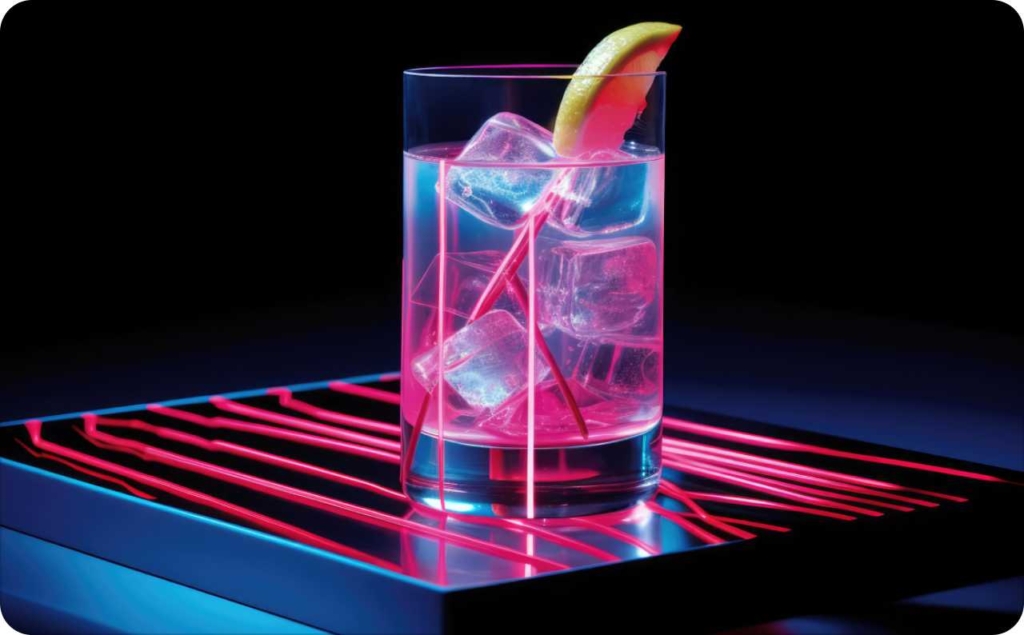
What makes a modern ad for alcohol work today
A modern ad for alcohol doesn’t start with the bottle. It starts with what people will remember. That’s why Absolut kept repeating the same silhouette until it became a memory device you can spot in an instant. Consistency builds recall.
Great brands also lead with story, letting the drink step in second. Guinness turns waiting into drama, while Jameson ties every pour to friendship and belonging — a principle in restaurant advertising.
The face of the brand matters too. When Aviation Gin brought in Ryan Reynolds, the tone clicked. Kahlúa has done the same with collaborators who feel like a natural fit.
On social, the ads that spread are designed for sharing. Tanqueray tapped into Bridgerton fandom, while Guinness let fans print selfies on pints in its “Stouties.” Both leaned on user-generated mechanics to fuel reach. And the center of gravity keeps shifting to digital: in 2025, CTV, social, search, and display are projected to account for nearly 70% of U.S. ad spend, which is exactly where these formats thrive.
Modern brands also show what they stand for. Inch’s builds credibility through local orchards, and Smirnoff consistently puts community and inclusion in the spotlight.
And then there’s timing. Campaigns tied to seasons or cultural events can travel further simply because they land in the right moment. Many popular alcohol advertisements break out less because of budget and more because they arrive exactly when people are primed to notice.
Alcohol advertising examples
Not every campaign earns attention, but certain popular alcohol advertisements show why some ideas keep scaling while others fade. Below are ads for alcohol that illustrate different creative levers, each explained with what they did and why it worked. And the context is shifting fast: industry leaders at Cannes noted that retail media is surging, with spending on commerce websites, apps, and in-store displays projected to overtake linear TV ad spend by 2026.
1. Absolut
These ads built a global memory structure by repeating the same silhouette device across endless creative variations. The bottle became recognizable without even showing the logo.
Why it works:
- Consistency creates instant recall across markets and decades
- Device can flex for culture, causes, and trends without breaking form
- Turns packaging into a universal brand shorthand
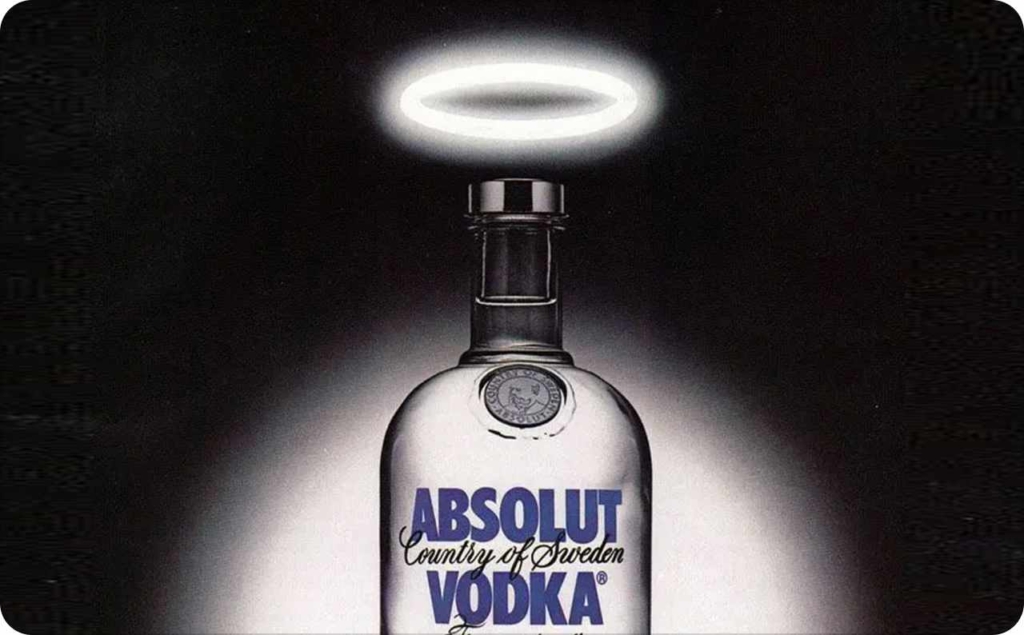
Photo source: Absolut ad
2. Johnnie Walker
“Keep Walking” turned into a story about resilience, ambition, and progress. The line outlasted campaigns and carried the brand across markets.
Why it works:
- A single platform scales across geographies and generations
- Message connects to human values, not just the product
- Reinforces premium positioning with everyday relevance
3. Tanqueray × Bridgerton
This collaboration pulled a heritage gin into streaming-era fandom. Social media lit up as users created memes, cocktails, and watch-party rituals around the show.
Why it works:
- Harnesses existing cultural momentum for reach
- User-generated content extends the campaign organically
- Balances brand heritage with modern relevance
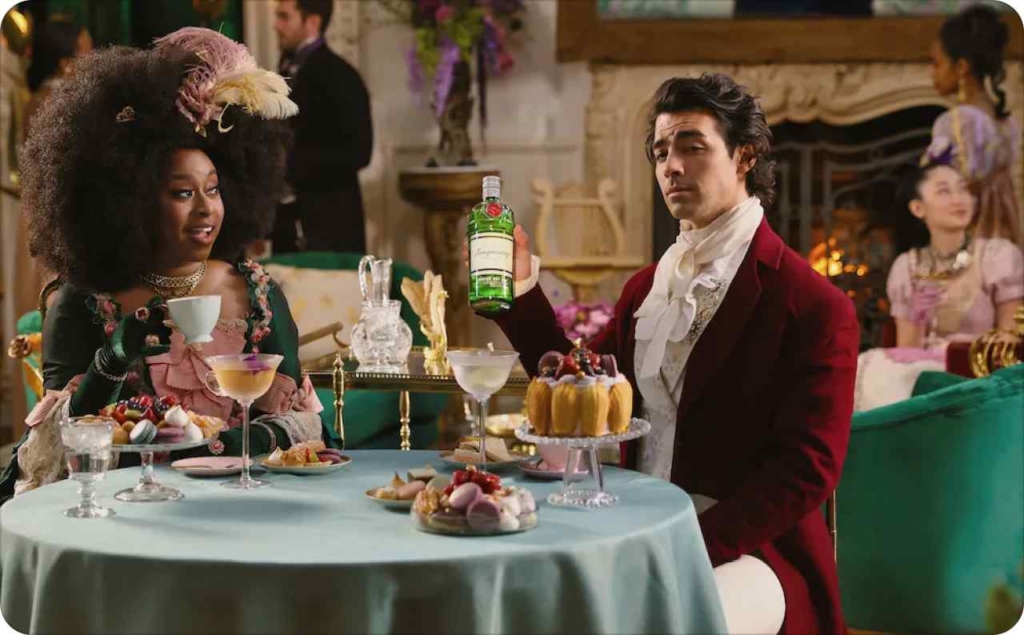
Photo: Tanqueray × Bridgerton ad
4. Guinness “Looks Like Guinness”
Ads reimagined ordinary black-and-white visuals as moments that “look like Guinness.” It reframed everyday life through the brand’s lens.
Why it works:
- Builds belonging by turning daily moments into brand moments
- Creates pride and cultural affinity without pushing product
- Distinctive visual codes tie directly to the pint
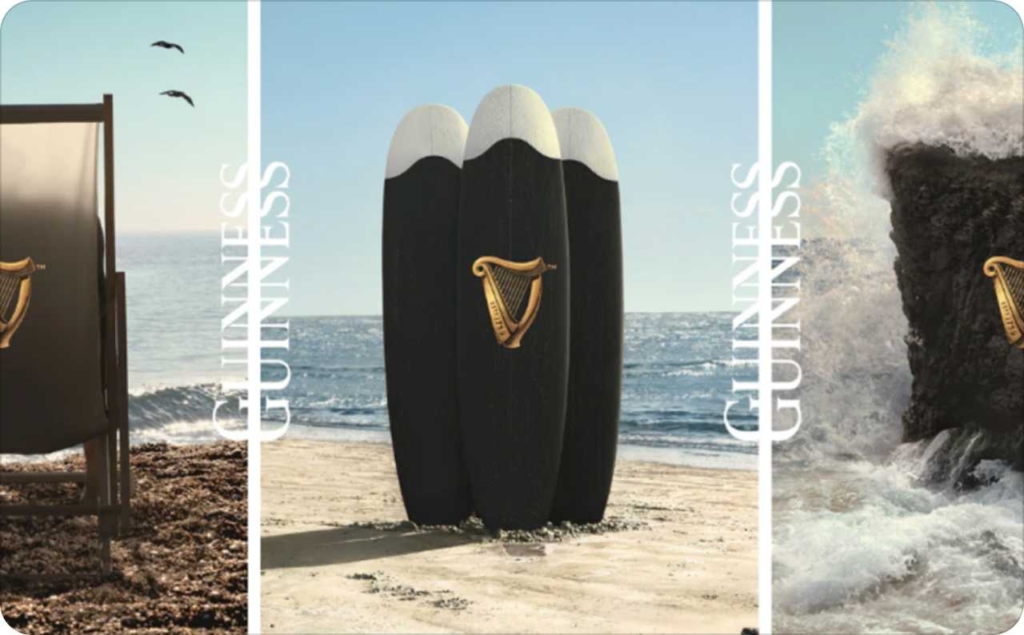
Photo source: Guinness “Looks Like Guinness” ad
5. Guinness “Raising the Bar”
Support program for pubs during recovery positioned Guinness as a partner, not just a supplier.
Why it works:
- Moves spend into visible community support
- Builds emotional equity through action, not just message
- Reinforces authenticity and long-term trust
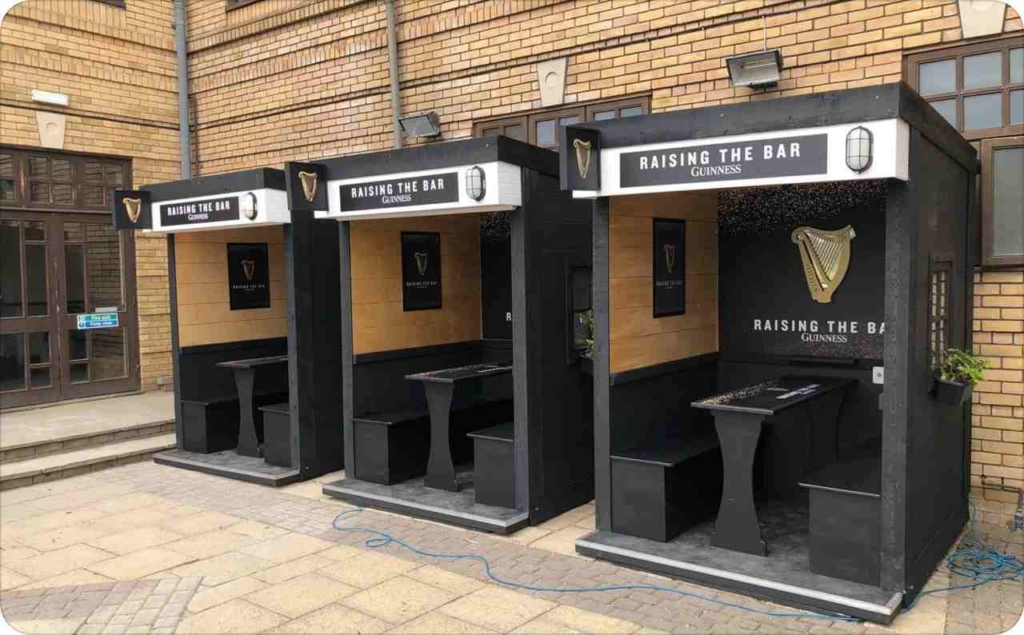
Photo source: Guinness “Raising the Bar” ad, Benner Green Productions
6. Harbin Sit-Pack
A six-pack designed to fold into a portable stool turned utility into a media channel. The packaging itself generated conversation.
Why it works:
- Extends brand impression into real-world experiences
- Creates built-in word-of-mouth with functional novelty
- Shows packaging can be a scalable touchpoint
7. Aviation Gin
Ryan Reynolds’s off-the-cuff humor turned the brand into a self-aware challenger. Ads blurred the line between founder and product.
Why it works:
- Talent and tone feel inseparable from the brand
- Humor makes premium spirits approachable
- Delivers memorability at low production cost
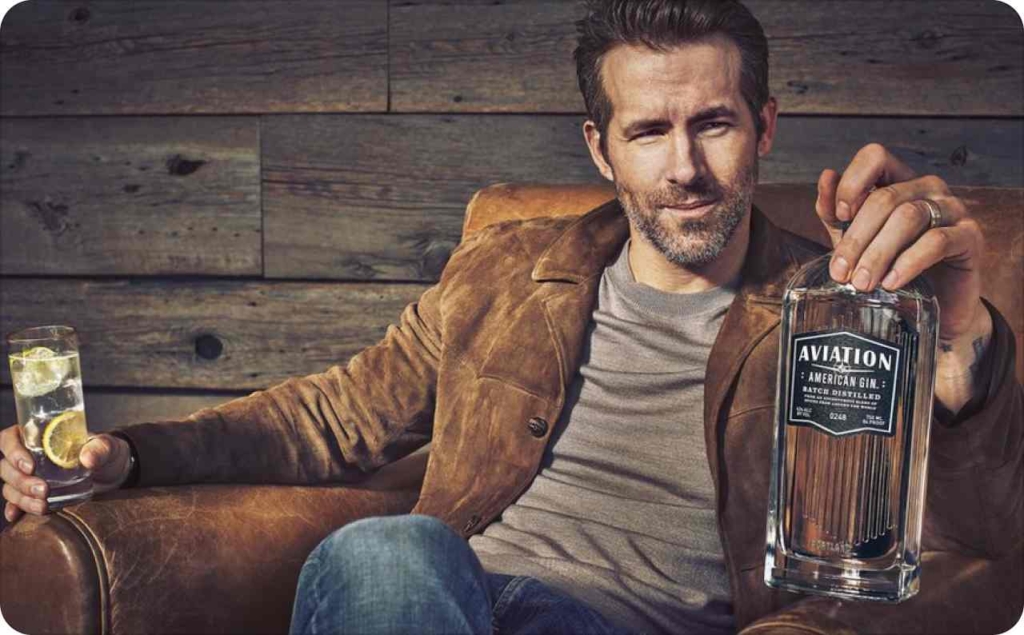
Photo source: Aviation Gin ad
8. Kahlúa “Stir Up”
These ads used playful scripts and talent-driven delivery to spotlight Kahlúa’s versatility in cocktails. Humor framed the brand as approachable while showing it fits naturally into everyday mixing moments.
Why it works:
- Humor keeps the brand light and accessible
- Messaging highlights usage occasions without overexplaining
- Talent brings credibility and relatability
9. Smirnoff – Inclusive Nights
These ads celebrated diverse nightlife communities around the world, positioning Smirnoff as a brand that belongs in every crowd. The campaign leaned on authentic casting and real cultural settings rather than polished stereotypes.
Why it works:
- Representation builds inclusivity into brand DNA
- Visual authenticity makes the message credible
- Aligns product with cultural progress
10. Inch’s Cider – Orchard Promise
The campaign spotlighted local orchards and sustainable sourcing, presenting the cider as rooted in place and purpose. Storytelling tied product quality directly to the land and growers behind it.
Why it works:
- Sustainability framed as cultural pride
- Grounds product in tangible origin stories
- Differentiates in a crowded cider market
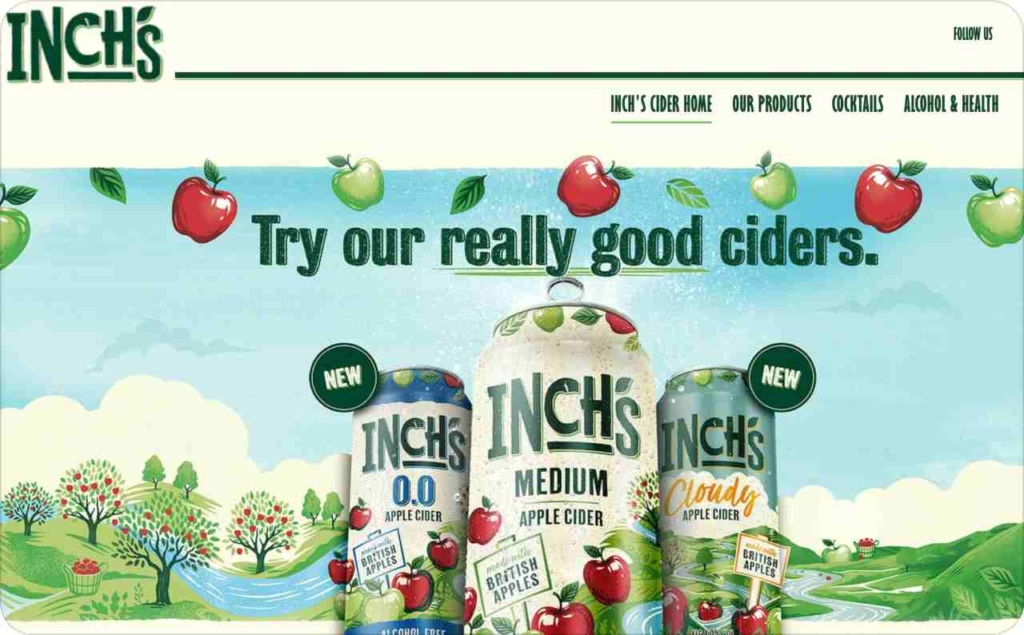
Photo source: Inch’s Cider
11. Heineken – Don’t Drink & Drive refresh
The campaign reframed a serious responsibility message with humor and updated visuals, making it engaging without losing weight. By softening the tone, Heineken kept the message on-brand while still driving home the importance of safety.
Why it works:
- Makes safety memorable without scolding
- Balances social good with brand voice
- Extends a long-standing CSR platform
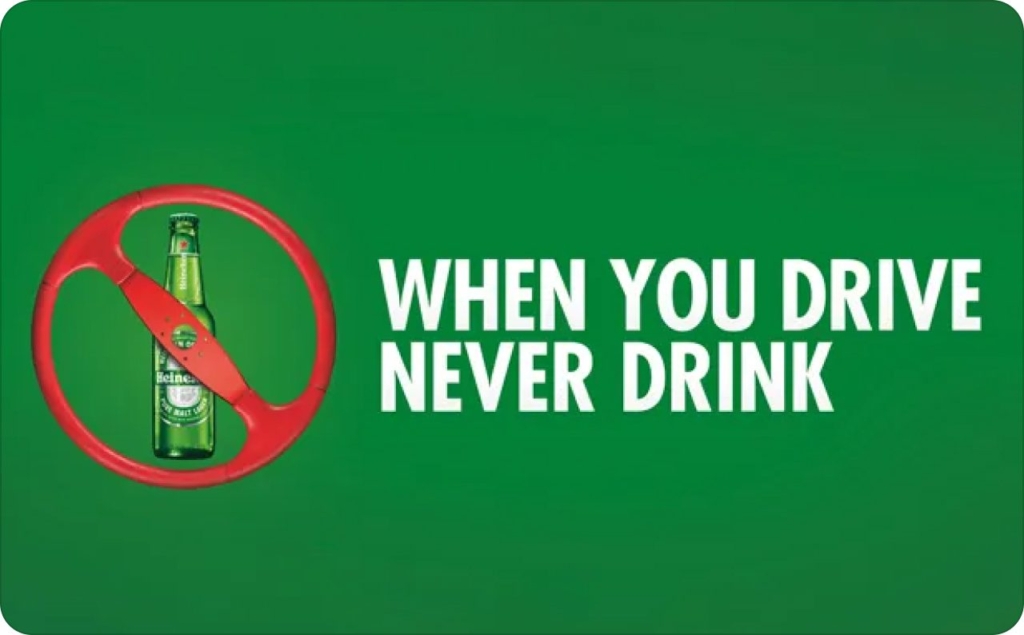
Photo source: Heineken ad
12. Corona – Sunset Rituals
The campaign turned every sunset into a branded occasion, encouraging people to pair the daily ritual with a Corona. By anchoring the product to a universal natural moment, it created an easy, repeatable association.
Why it works:
- Creates a daily ritual consumers can own
- Ties product use to a universal natural moment
- Builds habit and repeat association
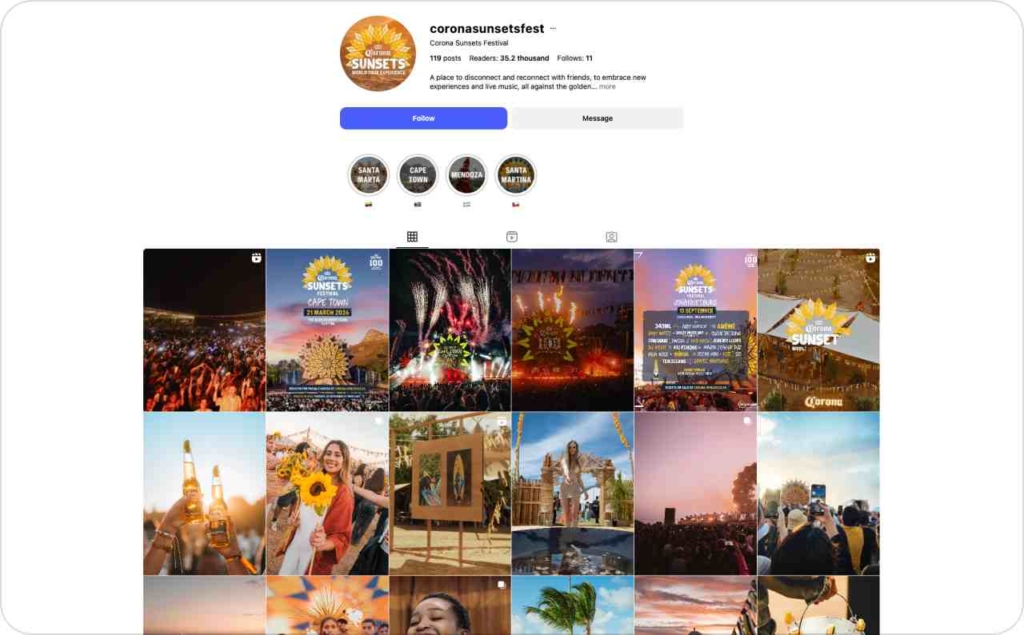
Photo source: @coronasunsetfest on Instagram
13. Jameson – Join In
The platform placed friendship and social connection at the heart of the brand, with whiskey playing a supporting role. Campaigns focused on shared moments, making Jameson feel like part of every gathering rather than the center of attention.
Why it works:
- Story-first platform makes the brand feel human
- Scales across cultures with universal theme
- Keeps product secondary but ever-present
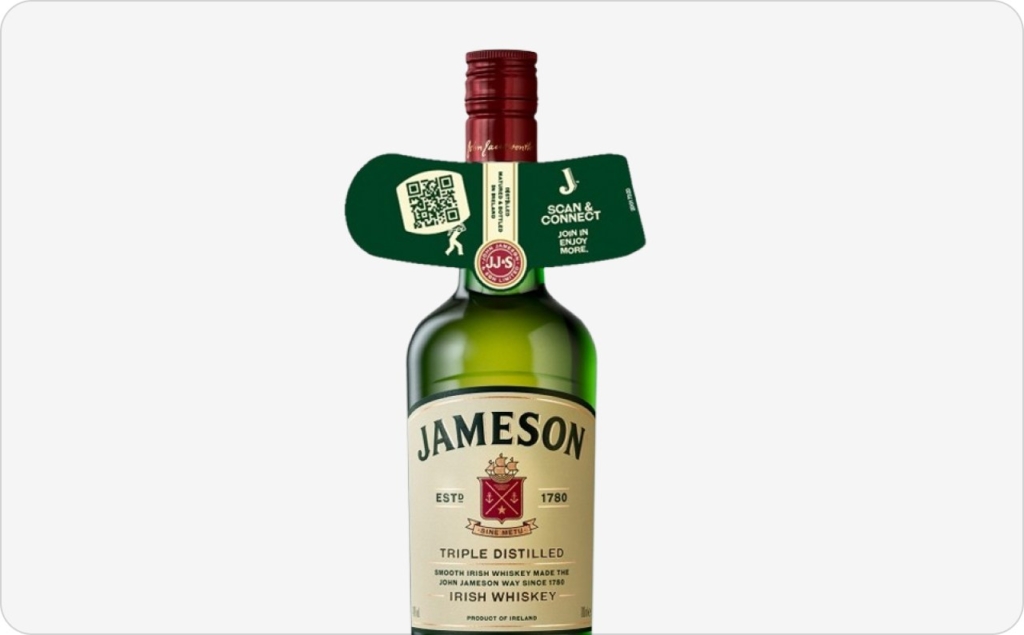
Photo source: Jameson – Join In ad
14. Tanqueray – Regency Ball pop-up
An immersive event brought the world of Bridgerton to life, pairing the physical experience with digital extensions and user-generated content. The activation tapped into fandom energy while giving audiences something to share online.
Why it works:
- Cultural tie-in made brand feel relevant to fandoms
- Blends physical event with social amplification
- User participation extends media value
Channel playbooks for ads for alcohol
Running an advertisement for alcohol isn’t one-size-fits-all. Each channel has its own rules, creative strengths, and ways to connect with audiences. And compliance matters more than ever: Google reports it restricted 34.2 million alcohol ads and blocked or removed 10.9 million in 2024, a reminder to build strong age-gating and policy-safe creative from the start.
Social
Age-gating is the first layer, but targeting goes deeper. Interest-based targeting reaches likely drinkers, while contextual targeting makes the message feel timely. Many brands now rely on creator whitelisting so ads appear under influencer accounts — a tactic that adds trust and authenticity.
- TikTok rewards quick, story-driven authenticity
- YouTube works for longer narrative builds
- Meta supports interactive formats that nudge action
CTV and online video
Here the focus is on pacing and responsibility. Frequency caps keep repetition in check, while “enjoy responsibly” end-frames are standard across markets. QR codes have become a bridge, taking viewers from the screen to age-gated landing pages where deeper storytelling or promotions live.
Programmatic and rich media
Interaction rate and dwell time are the key metrics. Rich media formats like expandables or lightboxes give room for storytelling while staying within polite load limits. Standard specs keep campaigns scalable across publishers.
Retail media and last-mile
Retail platforms connect awareness to purchase for adjacent categories like food ads that drive results. Drizly and Instacart integrate directly with buying journeys, while store-locator tools and map opens link impressions to local stock. Promo codes help tie spend to measurable sales.
On-premise and experiential
Bar and event activations make the product part of the experience. Drink printers, AR filters, or UGC prompts create moments people want to share, extending real-world engagement into digital reach.
Templates you can copy
Here’s a ready-to-use framework you can adapt for your own campaigns. Each template distills what works from proven industry examples into a simple, repeatable setup. And it aligns with where returns are strongest right now: HubSpot’s 2025 State of Marketing reports that short-form video and influencer collaborations are delivering the highest ROI in 2025, so shape templates to be native to those formats.
Cultural tie-in launch
Pair your brand with a cultural moment people already care about. For example, a new season of a hit streaming series can serve as the backdrop for limited-edition creative, themed activations, or watch-party kits. The goal is to ride the wave of conversation while staying true to your core codes, so the idea feels like an advertisement for alcohol that belongs, not a forced product placement.
UGC mechanic pack
Encourage user participation with a structured set of tools:
- Captions: pre-approved, on-brand prompts that spark posting
- Hashtags: simple, memorable, and tied to the event or release
- Prize: incentive that rewards creativity without overshadowing the product
- Moderation: clear guardrails to keep content safe and compliant
This balance fuels organic reach while keeping brand safety intact.
Why you need an AI ad generator for alcohol ad creation
Modern alcohol marketing moves fast. Trends shift, formats change, and compliance rules tighten. An AI ad generator helps you keep pace without adding headcount or complexity.
Zeely app is an AI ad generator built for automated ad creation. It turns brand inputs into ready-to-run static images and short videos, then lines them up into campaigns that are sized, captioned, and scheduled for each channel. Use it to produce automated static ads, video ads, and light campaign automation that stays on brand.
See creative solutions for other industries
Benefits
- Save time with instant concepts and variations that would take hours by hand
- Boost ROI through data-led creative choices that prioritize high-converting ads
- Easy ad creation with guided prompts, brand-safe templates, and built-in compliance cues
- Scalable advertising that spins up dozens of versions for seasonal, local, and product lines
- Creative that learns as performance data feeds back into the next round of assets
- Meta integration to publish and test directly, with age-gating and policy checks in place
- Shopify integration that pulls catalog details and pricing into product-forward ad units
- Team-ready workflows with approvals, shared libraries, and consistent brand elements
When you need fresh alcohol ads weekly, guessing is expensive. An AI generator produces consistent, channel-native assets and reduces the time between idea and live spend. It also lets small teams act like large ones, testing more messages while keeping creative tight and compliant.
If you want high-converting ads without the manual grind, the Zeely app is the practical choice. Start using Zeely as your AI ad generator and turn concepts into live campaigns in minutes, not weeks.
Conclusion
Modern alcohol ads work when they feel human, clear, and timely. Build memory cues people recognize, lead with story, and meet audiences where they already spend time. Use packaging and on-premise moments to travel beyond the shelf, keep responsibility cues visible, and make age-gated journeys smooth.
To scale this reliably, skip the manual grind. The Zeely app turns briefs into high-converting, channel-native assets and campaigns so small teams can save time, boost ROI, and stay compliant. You have the patterns and examples. Now turn them into ads for alcohol people remember, and let Zeely handle the production.
You may also like
Also recommended
